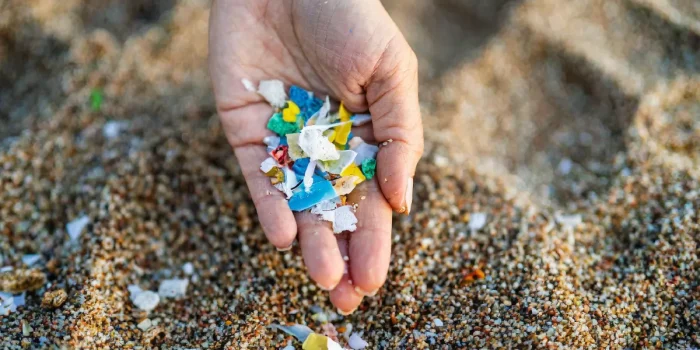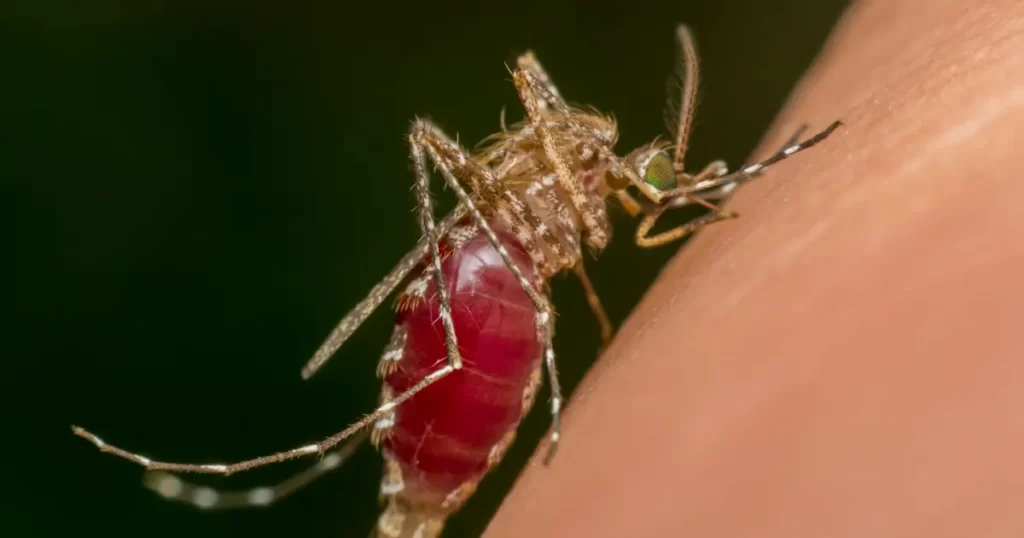Introduction
Microplastics in human blood are now a documented reality, sparking urgent questions about what this means for human health. Until recently, plastic particles were known to be ubiquitous in water, food, air and even human tissues—but direct evidence of microplastics circulating in human blood is new, and potentially game-changing [1][2][3].
What have scientists found so far? What are the possible risks? And what do these discoveries mean for our everyday lives?
Key Findings from Recent Studies
Detection of Microplastics in Human Blood
- In a landmark study, researchers used highly controlled methods (Py-GC/MS) to measure plastic particles in blood samples and confirmed their presence in a significant number of participants [1]. This was one of the first robust demonstrations that microplastics cross exposure barriers and enter the circulating blood.
- A later study (2025) expanded these findings and identified microplastics in hair and blood across more people, supporting the idea that exposure is widespread and continual [2].
- Another paper from Microplastics journal reported new findings about types of polymers detected—common plastics like PET, PE among them—and looked at particle concentration and size distribution in blood serum [3].
How Much and What Kind of Exposure
- Detected levels are generally low in mass (micrograms per milliliter in blood), but even low levels are meaningful because the particles are biologically active and may persist. [1]
- Particle size matters: smaller particles (micrometer size, sometimes nanoplastic range) are more likely to cross cell & tissue barriers, reach organs, or provoke immune reactions [3].
- Polymers found include PET, polyethylene, and others used in everyday plastics (packaging, textiles). Their ubiquity implies multiple exposure routes—ingestion, inhalation, maybe even dermal (skin) pathways. [1][2]
Potential Health Impacts & Unknowns
- Inflammation & immune response: Early lab experiments suggest microplastics may trigger inflammatory pathways, oxidative stress, and cell damage. But evidence in humans is still very limited [1].
- Barrier penetration: Concerns include whether these particles can cross blood-brain barrier, placenta, or accumulate in organs over time, potentially interfering with their function [3].
- Long-term risks unclear: So far, there’s no direct proof that microplastics in blood cause specific illnesses. But given what’s known about similar particles, there’s potential for cardiovascular, metabolic, and reproductive effects [1][3].
What Needs to Be Done
- More large-scale human studies: Larger sample sizes, repeated measures over time, standardized methods to reduce contamination and improve comparability.
- Trace particle behavior in body: Understand how microplastics move, where they accumulate, how the body responds (immune, cellular, metabolic).
- Reduce exposure: Improve air and water purification, reduce reliance on single-use plastics, innovate safer materials and better packaging.
- Regulatory & safety frameworks: Establish safe thresholds, mandates for monitoring, and policies covering microplastics in consumer products.
A One Health Perspective on Microplastics in Human Blood
Understanding microplastics in human blood requires the One Health framework—recognizing that human, animal, and environmental health are interconnected.
- Environmental plastic pollution affects ecosystems, water supplies, air quality. These act as sources of human exposure.
- Animals and wildlife also accumulate plastics; studying these patterns helps reveal what might happen in humans.
- Plastic additives (like plasticizers, flame retardants) carried by microplastics may affect not just one organ system but multiple systems, especially as exposure is chronic and cumulative.
Conclusion
Scientists have confirmed that microplastics in human blood are real, not hypothetical. Findings are still early—but worrying. Detection of plastics like PET and PE in human blood, combined with emerging evidence of possible health impacts, suggests we are exposed in ways we didn’t fully appreciate.
While there is no conclusive proof yet that these particles are causing specific disease outcomes, the weight of evidence points to the need for precaution. As research deepens, policy, regulation, and personal behaviour must evolve to reduce exposure—and protect health.
References
- Leslie, H. A., De Grip, W. J., Hagens, M., Vethaak, A. D. (2022). Discovery and quantification of plastic particle pollution in human blood. Environment International. Available at: https://www.sciencedirect.com/science/article/pii/S0160412022001258
- “Humans inhale as much as 68,000 microplastic particles daily, study finds.” (2025). The Guardian. Available at: https://www.theguardian.com/environment/2025/aug/28/microplastics-in-hair-study
- “Microplastics in the human body: detection of polymers in blood and health implications.” (2025). Microplastics Journal. Available at: https://microplastics.springeropen.com/articles/10.1186/s43591-025-00139-4
- Carrington, D. (2022). Microplastics found in human blood for first time after scientists make concerning finding. The Guardian. Available at: https://www.theguardian.com/environment/2022/mar/24/microplastics-found-in-human-blood-for-first-time













